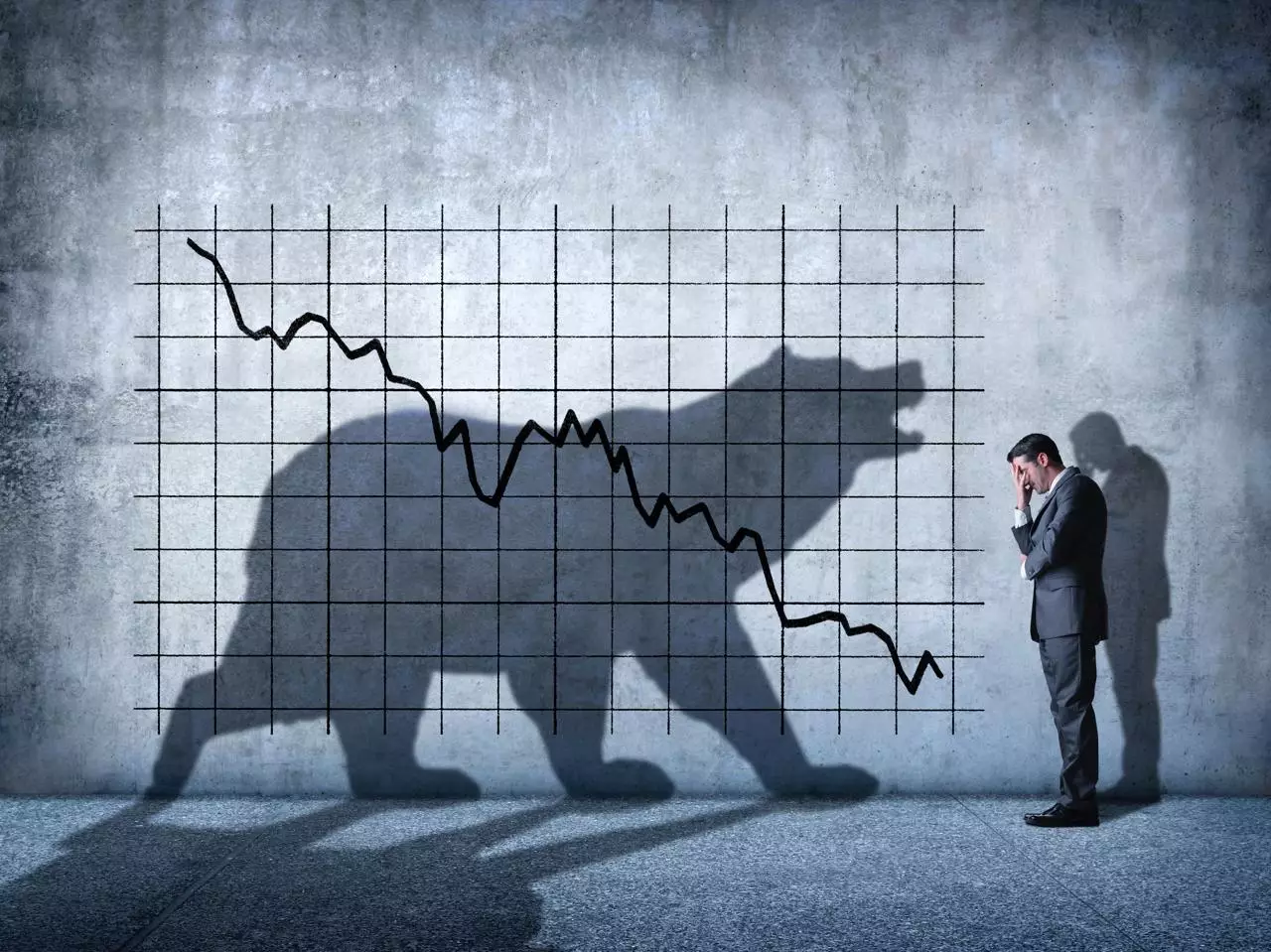Bitcoin’s recent rebound above the psychologically significant $100,000 mark has been celebrated by many as a sign of market resilience. Yet, beneath this surface of apparent stability lies a disconcerting reality that few investors are willing to confront. The fact that Bitcoin has maintained a stable price despite a growing dominance of short positions is a red flag, suggesting that the market may be concealing volatility rather than escaping it. Conventional wisdom might interpret stability as a precursor to a bullish rally, but history and market mechanics teach us to be wary when bearish bets proliferate during such calm. This setup often precedes dramatic price moves that can catch casual investors off guard.
Short Sellers Are Taking Control: Why That Matters More Than You Think
Recent on-chain data from firms like Alphractal reveal that the net delta of open interest—a measure showing whether more traders are betting on price declines or increases—is significantly skewed toward shorts. In other words, more market participants currently expect Bitcoin’s price to fall. To the center-right liberal observer who champions market efficiency and responsible investing, this trend should raise concerns about excessive speculative behavior, which tends to disconnect prices from underlying fundamentals. The growing short interest is no mere market noise; it indicates widespread doubt about Bitcoin’s near-term prospects and a collective positioning that could amplify price swings once the market’s fragile equilibrium breaks.
The Imminent Risk of a Short Squeeze: Double-Edged Sword
Although a large short interest often spells bearish sentiment, it paradoxically sets the stage for a short squeeze—a sudden, sharp price increase forcing short sellers to cover their positions at a loss by buying Bitcoin at escalating prices. Such a squeeze can generate a vicious upward spiral, dramatically inflating prices in a short window. This dynamic fuels speculative excess and volatility, stoking cycles of irrational exuberance and panic selling thereafter. From my perspective, while traders might rejoice in short-term gains from squeeze events, they highlight structural instability in Bitcoin’s ecosystem. A financial asset plagued by relentless speculative frenzies challenges the idea of Bitcoin evolving into a stable store of value or a reliable medium of exchange, both crucial for broader adoption.
A Warning for Rational Investors: Don’t Be Lured by False Comfort
The picture painted by these trends is unsettling for those who prioritize sound investment principles over speculative adrenaline. Bitcoin’s 0.2% growth over the past 24 hours contrasts starkly with its 5.2% rise over seven days—a sign of an uneven, choppy market fraught with uncertainty. Rather than interpreting this as a safe buying opportunity, prudent investors must recognize that the underlying currents of increasing bearish bets could unleash unexpected volatility that blindsides unwary holders. As someone who favors a market guided by transparency, accountability, and rationality, I advise caution: Bitcoin’s recent stabilization is already under threat from internal market forces far less visible on price charts but no less impactful.
Market Sentiment Versus Market Fundamentals: The Growing Disconnect
The core problem facing Bitcoin today isn’t simply its price movements but the disconnect between market sentiment and underlying economic reality. The rise in short positions suggests a lack of confidence in the cryptocurrency’s capacity to generate sustained value. Bitcoin’s narrative as “digital gold” or “the future of money” increasingly collides with the reality that it remains a speculative asset vulnerable to herd behavior, institutional manipulation, and sudden liquidity events. For those striving to reconcile free-market principles with the need for orderly capital formation, this disparity presents a fundamental challenge. It compels us to question whether Bitcoin’s current trajectory represents true long-term progress or symptomatic volatility pumped by speculative excess and market inefficiencies.
The Center-Right Call: Encourage Market Discipline and Cautious Optimism
In a world where innovation should be paired with responsibility, Bitcoin’s current state signals a failure of market discipline. While decentralization and technological evolution are commendable goals, they must not come at the expense of sober risk assessment and investor protection. Policymakers and market participants aligned with center-right liberal ideals need to push for transparency-enhancing mechanisms and discourage reckless leveraging that fuels short squeezes and wild swings. Only by instilling a measure of rationality into Bitcoin’s ecosystem can its true potential be realized—not as a speculative playground but as a trustworthy pillar in the global financial architecture. Neither blind optimism nor cynical dismissal serves the market well, but a nuanced appreciation of both risks and opportunities must guide future engagement with this volatile asset.


Leave a Reply